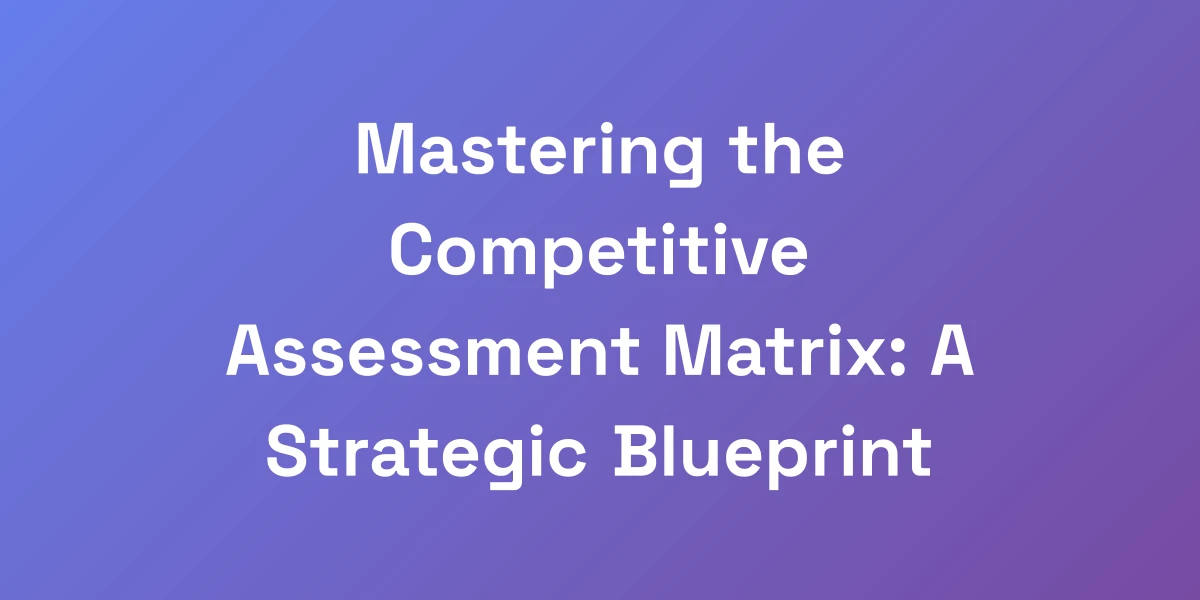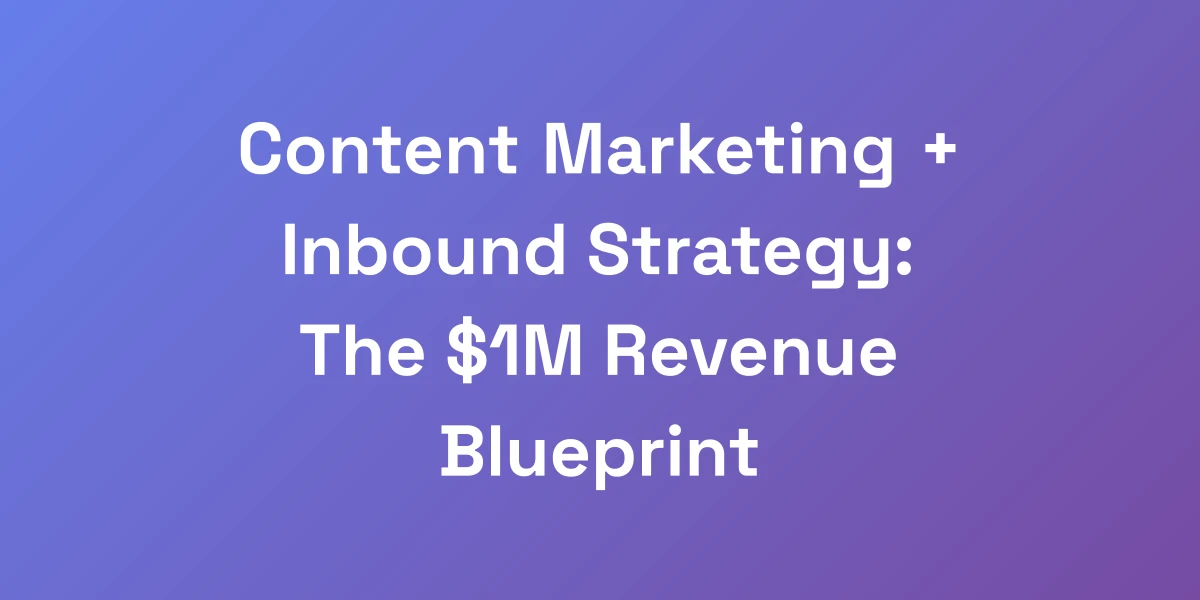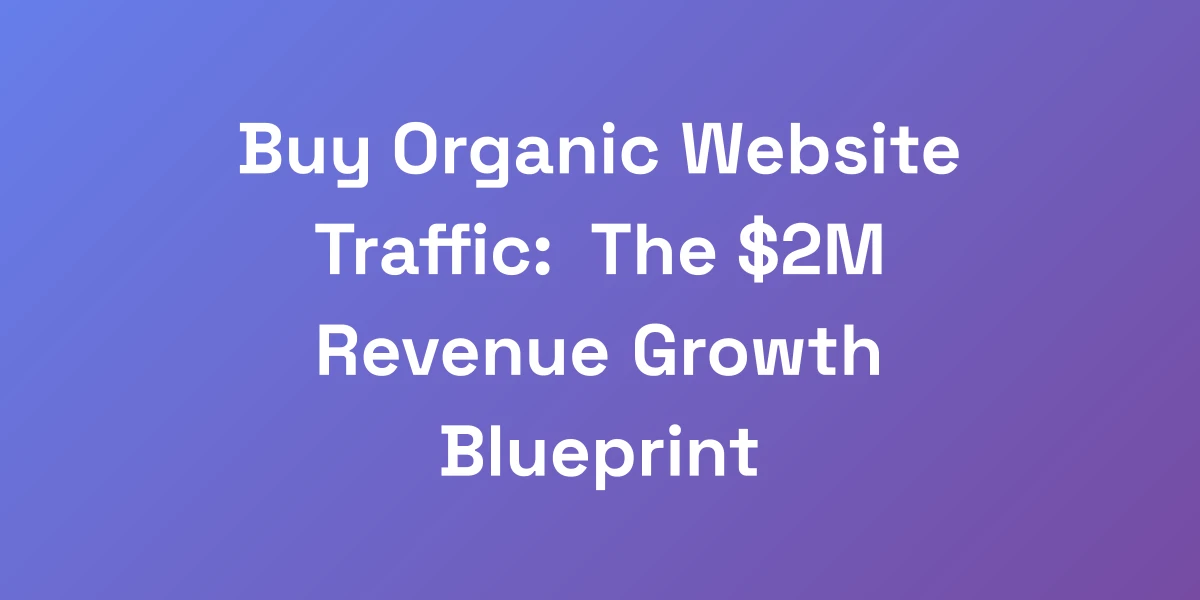
Mastering the Competitive Assessment Matrix: A Strategic Blueprint
Mar 7, 2025 | By [email protected]
Imagine having a crystal clear view of where you stand in the market, not just compared to one or two competitors, but against the entire landscape. Sounds powerful, right? That’s the magic of mastering the competitive assessment matrix. But here’s the kicker: most businesses are fumbling this tool, treating it like just another checkbox in their strategy to-do list.
We’ve seen it time and again—companies pour hours into building these matrices, only to have them gather dust on a forgotten spreadsheet. Why? Because they miss the point. A competitive assessment matrix isn’t about collecting data for the sake of data. It’s about strategically analyzing the right information to outmaneuver your competition and seize market opportunities.
Are you ready to stop wasting valuable resources and start leveraging automated SEO tools that can propel your business to the forefront of your industry? Let’s dive deep into the world of competitive assessment matrices and uncover the strategies that will transform your market position from ordinary to extraordinary.
Understanding the Power of Competitive Assessment Matrices
Let’s cut through the noise. A competitive assessment matrix is more than just a table of data points. It’s a strategic blueprint that can illuminate the pathways to your business growth and success.
What Makes a Competitive Assessment Matrix Different
Unlike basic competitor lists, a competitive assessment matrix offers a multidimensional view of the market. It compares multiple aspects of your business and your competitors, providing insights that are both comprehensive and actionable.
Think of it as a radar system that scans the competitive landscape, identifying not just who your competitors are, but how they stack up against you in critical areas. This depth of analysis is what sets it apart and makes it an indispensable tool for strategic planning.
The Real-World Impact on Business Growth
Numbers don’t lie. Businesses that effectively utilize competitive analysis can pinpoint opportunities that others overlook. For instance, a tech startup used a competitive matrix to identify a niche market segment overlooked by larger players, resulting in a 150% increase in revenue within a year.
By systematically analyzing factors like pricing, product features, customer service, and market share, companies can make informed decisions that drive growth and enhance their competitive edge.
Common Misconceptions About Matrix Analysis
There’s a myth that competitive assessment matrices are only for large corporations with hefty budgets. False.
Small and medium-sized enterprises can benefit immensely from this tool. It’s not about the size of your business, but how effectively you use the information to strategize and execute your plans.
Another misconception is that creating the matrix is the end goal. In reality, the true value lies in the analysis and the actions you take based on the insights gathered.
Key Components of an Effective Matrix
To build a robust competitive assessment matrix, you need to include several key components:
- Critical Success Factors: These are the elements that determine your ability to compete effectively in the market.
- Competitive Parameters: Specific criteria used to evaluate each competitor against your own business, including price comparison software.
- Data Points: Quantifiable information collected to populate the matrix using SQL Compare Tools.
- Scoring Methodology: A system to rate and compare different aspects of each competitor.
Each of these components plays a crucial role in ensuring your matrix provides meaningful and actionable insights.
The Strategic Advantage Framework
At the heart of an effective competitive assessment matrix lies the Strategic Advantage Framework. This framework helps you not only compare where you stand but also where you can go to gain a competitive edge.
By aligning your matrix analysis with your overall business strategy, you ensure that every insight gained translates directly into strategic actions that propel your business forward.
Building Your Matrix Framework for Maximum Impact
Let’s get real—complicating your matrix with unnecessary data is a pitfall that leads to analysis paralysis. Instead, focus on building a streamlined framework that delivers maximum impact with minimal complexity.
Selecting Critical Success Factors
Start by identifying the critical success factors that are pivotal for your business. These could include areas like product quality, customer service, innovation, pricing strategy, and market presence.
For example, if you’re in the software industry, factors like user experience, feature set, and integration capabilities might be crucial. Selecting the right factors ensures your matrix focuses on the elements that truly matter for your competitive positioning.
Defining Your Competitive Parameters
Once you’ve identified your success factors, the next step is defining the competitive parameters for each factor. These are specific criteria that you and your competitors will be evaluated against.
Suppose one of your critical success factors is pricing strategy. Your competitive parameters might include price points, discounting practices, and perceived value for money using price comparison software. Defining these parameters ensures a consistent and objective comparison across all competitors.
Data Collection Strategies That Actually Work
Data is the lifeblood of your matrix. But it’s not just about quantity—it’s about quality. Employing effective data collection strategies ensures that the information you gather is accurate, relevant, and actionable.
Here are some proven strategies:
- Primary Research: Conduct surveys, interviews, and focus groups to gather firsthand information.
- Secondary Research: Utilize existing reports, market studies, and competitor websites for data collection.
- Competitive Intelligence Tools: Leverage tools like Contify and Competitors.app to gather comprehensive, real-time data.
By combining these strategies, you ensure a well-rounded and reliable data set for your matrix.
Scoring Methodology for Accurate Assessment
With data in hand, the next step is to establish a scoring methodology that objectively assesses each competitor against your defined parameters.
Here’s how to do it:
- Assign Weightage: Determine the importance of each competitive parameter relative to your business goals.
- Rate Competitors: Score each competitor on a consistent scale (e.g., 1-5) based on their performance in each parameter.
- Calculate Total Scores: Multiply each score by its weightage and sum them to get a total score for each competitor.
This systematic approach ensures that your assessment is both fair and reflective of each competitor’s true standing.
Visual Organization Techniques
A well-organized matrix is not just about data; it’s about clarity and ease of interpretation. Employing effective visual organization techniques helps in quickly identifying key insights.
Consider using color-coding to highlight strengths and weaknesses, incorporating charts for visual representation, and ensuring a logical flow that aligns with your business priorities.
Digital Tools and Templates
Don’t reinvent the wheel. Utilize digital tools and competitor matrix templates to streamline the creation and maintenance of your competitive assessment matrix.
Tools like Contify and Competitors.app offer customizable templates that can be tailored to your specific needs. These tools not only save time but also enhance the accuracy and effectiveness of your matrix by providing real-time data and advanced analysis features.
Advanced Matrix Analysis Techniques
Creating the matrix is just the beginning. The real magic happens when you delve into advanced analysis techniques that unlock deeper insights and strategic opportunities.
Pattern Recognition in Competitor Data
Patterns in data reveal trends that are crucial for strategic planning. By analyzing your competitive matrix, you can identify consistent strengths or weaknesses among your competitors.
For instance, you might notice that most top competitors excel in customer service but lag in innovation. This pattern can guide you to differentiate your business by focusing on innovative solutions while maintaining excellent customer support.
Identifying Market Gaps and Opportunities
One of the most valuable outcomes of a competitive assessment matrix is the identification of market gaps. These are areas where competitors are underserved or overlooked, presenting golden opportunities for your business.
Suppose your matrix analysis reveals a lack of high-quality customer support in your market segment. This insight allows you to position your business as a customer-centric leader, attracting clients who value superior service.
Trend Analysis and Future Positioning
Staying ahead of trends is essential for long-term success. By incorporating trend analysis into your matrix, you can predict future market movements and adjust your positioning accordingly.
For example, if you detect a growing demand for eco-friendly products, your matrix can help you assess how well your competitors are adapting and identify opportunities to lead in sustainability.
Competitive Advantage Mapping
Mapping your competitive advantages involves plotting your strengths against those of your competitors to visualize your unique position in the market.
This technique helps you understand where you naturally excel and where you need to improve. It also highlights areas where you can capitalize on your unique strengths to differentiate your brand.
Strategic Decision Making Framework
Armed with insights from your matrix, you need a solid strategic decision-making framework to translate data into action.
We recommend a three-step process:
- Identify Opportunities: Pinpoint the most promising areas revealed by your analysis.
- Develop Strategies: Create actionable plans to exploit these opportunities.
- Implement and Monitor: Execute your strategies and track their effectiveness over time.
This framework ensures that your decisions are data-driven and aligned with your business objectives.
Risk Assessment Integration
No strategy is complete without considering potential risks. Integrating risk assessment into your matrix analysis helps you anticipate and mitigate challenges before they become obstacles.
Assess the risks associated with each strategic opportunity and develop contingency plans to address them. This proactive approach strengthens your business resilience and adaptability.
Implementing Matrix Insights for Market Domination
Insights are powerless without action. It’s time to transform your competitive assessment matrix data into a powerhouse of strategies that dominate your market.
Action Plan Development
Start by crafting a detailed action plan based on the insights from your matrix. This plan should outline the specific steps you need to take to capitalize on identified opportunities and address any weaknesses.
For instance, if your matrix reveals a gap in customer service, your action plan might include hiring additional support staff, implementing new training programs, and deploying customer feedback systems.
Resource Allocation Strategies
Effective resource allocation is crucial for executing your action plan. Determine where to allocate your financial, human, and technological resources to maximize impact.
Prioritize initiatives that offer the highest return on investment. Use your matrix to identify which strategies will yield the most significant competitive advantage and allocate resources accordingly.
Timeline Creation and Milestone Setting
Setting a clear timeline with defined milestones ensures that your strategic initiatives stay on track. Break down your action plan into manageable phases, each with specific goals and deadlines.
This approach not only keeps your team focused but also allows you to monitor progress and make adjustments as needed.
Team Alignment and Communication
A cohesive team is the backbone of successful strategy implementation. Ensure that all team members are aligned with your strategic goals and understand their roles in the execution process.
Regular communication and updates foster collaboration and accountability, ensuring that everyone is working towards the same objectives.
Performance Tracking Methods
Tracking the performance of your strategic initiatives is essential for measuring success and making informed adjustments. Implement robust performance tracking methods to monitor key metrics and evaluate the effectiveness of your actions.
- Key Performance Indicators (KPIs): Set specific KPIs that align with your strategic goals, such as revenue growth, market share, and customer satisfaction.
- Regular Reviews: Conduct periodic reviews to assess progress and identify areas for improvement.
- Feedback Loops: Establish mechanisms for collecting and incorporating feedback from customers and team members.
Adaptation and Optimization Processes
The business landscape is ever-changing. To stay ahead, you need to be agile and ready to adapt your strategies as new information and trends emerge.
Use your matrix to continuously monitor the competitive landscape and adjust your strategies accordingly. This ongoing optimization ensures that your business remains competitive and responsive to market dynamics.
Conclusion
Mastering the competitive assessment matrix is not just about assembling data—it’s about crafting a strategic blueprint that drives your business towards market domination. We’ve explored how understanding the power of this tool, building a robust framework, employing advanced analysis techniques, and implementing actionable insights can transform your market position.
Are you ready to stop playing catch-up and start leading your industry? It’s time to take action. Dive into your competitive assessment matrix today, identify your strategic advantages, and execute with precision.
What’s your next move to outshine your competitors? Share your thoughts and strategies below, and let’s elevate our businesses together.








